Conchoplasty (Conchotomy)
Respiratory dysfunction causes discomfort and impairs quality of life. Helps solve this problem modern method of correction of nasal turbinates (conchotomy).

specialists

equipment

treatment
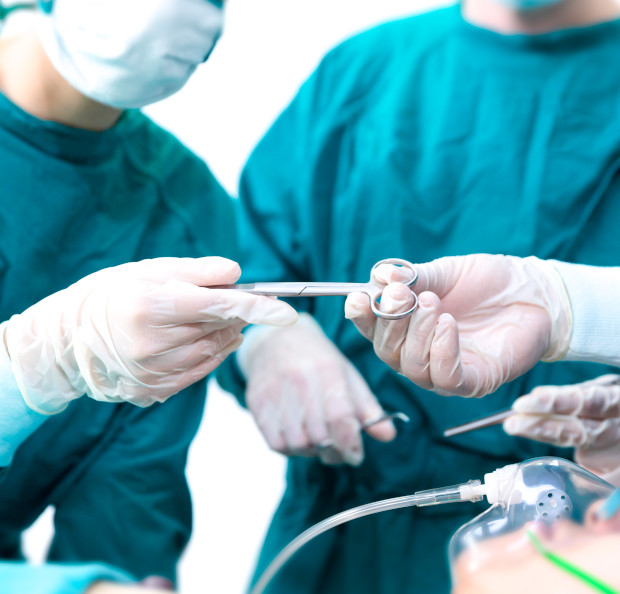
There are several types of conchotomy. Here are the main ones:
- Traditional conchotomy. In this case, surgery is performed using a scalpel. To improve air flow, the doctor removes part of the bone or cartilage. This is an effective treatment, but it carries a high risk of bleeding and a long recovery period
- Laser conchotomy. The use of a laser allows you to more accurately influence tissue and minimize trauma to surrounding areas. Laser radiation evaporates part of the tissue and its size is thus reduced. Due to the coagulation effect of the laser, the risk of bleeding is reduced
- Radio wave conchotomy. During the operation, a surgical loop is used, to which high-frequency radio waves are applied. This is a minimally invasive procedure that allows the patient to quickly return to normal life
- Vasotomy. In the process, the overgrown choroid plexuses that led to hypertrophy are destroyed
In some cases, cryosurgery is performed. This procedure, based on the use of extremely low temperatures, allows you to “freeze” tissue. The effect of cryosurgery occurs gradually. In this case, the “frozen” tissues die and are rejected.
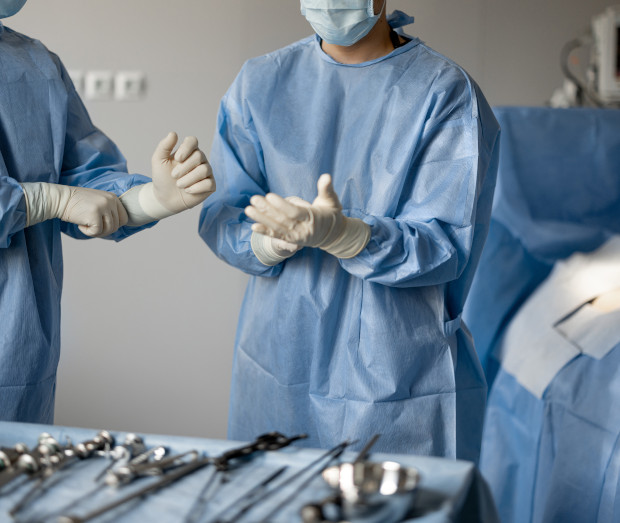
Endoscopic conchotomy includes several stages. They look like this:
- Insertion of an endoscope equipped with a camera and light. This tool allows the doctor to see the internal structure of the nose on a monitor in real time
- Condition assessment. The doctor carefully examines the bones of the nose and assesses the condition of the mucous membrane. This is necessary to determine the amount of work to be done
- Intervention. Special surgical instruments (microforceps, lasers, ultrasonic aspirators) are introduced through the endoscope. With their help, the doctor carefully removes or changes the shape of the bone and cartilage tissue of the nasal concha
The instruments are then carefully removed from the nasal passage. Next, the doctor treats the nose with special solutions. This helps reduce swelling and prevent the risk of infection spreading.
Answers on questions
Preparation
Before endoscopic conchoplasty, a consultation with a doctor is carried out. The doctor conducts a full examination, gets acquainted with the patient’s medical history, discusses his symptoms and complaints.
Next steps:
- Preoperative examination. Before conchotomy, the patient is prescribed laboratory blood tests (general and biochemical). A coagulogram (blood clotting test) is also performed. In order to accurately visualize the condition of the nasal bones, the doctor additionally refers the patient to an x-ray or CT scan of the sinuses
- Meeting with an anesthesiologist. Before performing a conchotomy, the specialist assesses the patient’s health status and selects the most appropriate type of anesthesia
- Home preparation for conchotomy. The day before surgery, the patient is advised to avoid taking medications that affect blood clotting (aspirin, ibuprofen). Also during this time it is necessary to refrain from smoking and drinking alcohol
On the day of surgery, the patient comes to the clinic. After this, he is placed in the preoperative room. Before the operation itself, a second consultation with the doctor is carried out. At the same time, the specialist once again explains the process of conchotomy and answers the patient’s questions.
Rehabilitation after conchotomy
After the conchotomy, the patient is under observation in the ward for some time. During this period, medical staff monitors his vital signs (blood pressure, heart rate and breathing rate). In order to reduce pain, the patient is prescribed analgesics and anti-inflammatory drugs.
During the first 24 hours after surgery, you must remain in bed and avoid physical activity. To reduce swelling and reduce the risk of bleeding, doctors recommend keeping your head elevated.
At home, as part of postoperative nasal care, it is recommended to do regular rinsing with saline solutions. Additionally (in order to moisturize the mucous membrane), the patient is prescribed special ointments or sprays.
The next day after the operation, you must come for a follow-up examination. The doctor will evaluate the healing process and, if necessary, make recommendations for further care.
During the first few weeks after conchotomy, you should avoid active sports, visiting the bathhouse (sauna) and flying. In addition, you should try not to smoke or drink alcohol. Otherwise, the healing process slows down and the risk of complications increases.
In order to prevent infections, immediately after conchotomy, the doctor prescribes a course of antibiotics. Antihistamines help reduce mucosal reactions. Physiotherapy (UHF, laser therapy) helps improve blood circulation and speed up the healing process.
To sign up for surgery in our clinic (Moscow), fill out the application form. You can clarify any questions (including the cost of conchotomy) by phone.
Our doctors

This award is given to clinics with the highest ratings according to user ratings, a large number of requests from this site, and in the absence of critical violations.

This award is given to clinics with the highest ratings according to user ratings. It means that the place is known, loved, and definitely worth visiting.

The ProDoctors portal collected 500 thousand reviews, compiled a rating of doctors based on them and awarded the best. We are proud that our doctors are among those awarded.
Make an appointment at a convenient time on the nearest date
Price
Other services







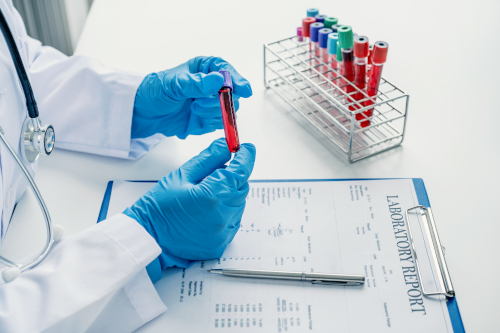

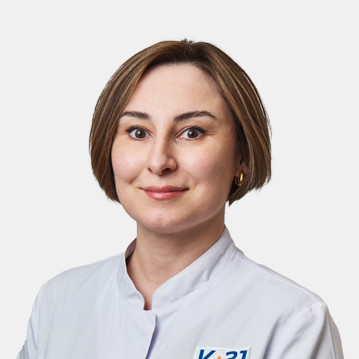

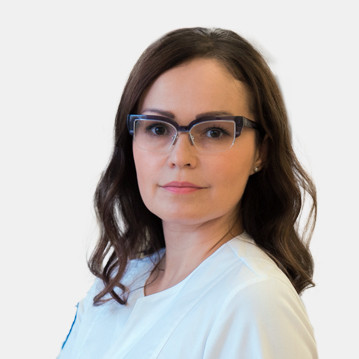
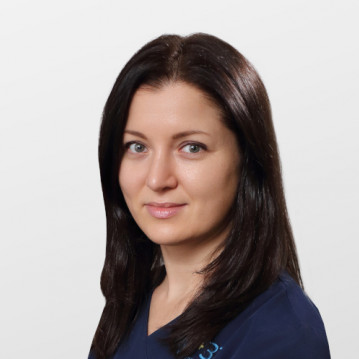
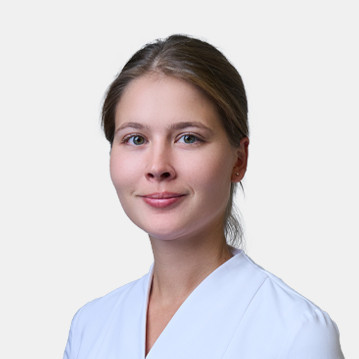
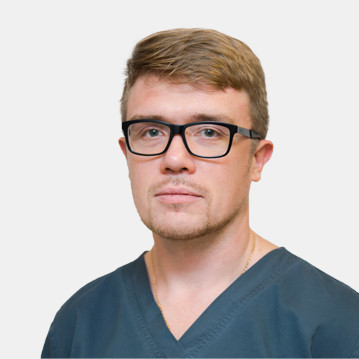
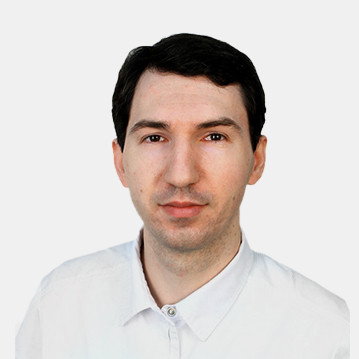

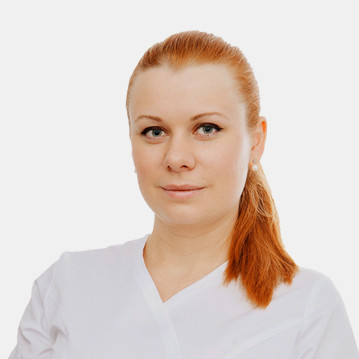
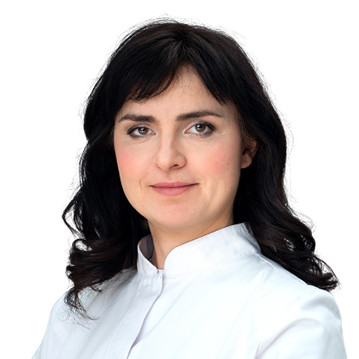

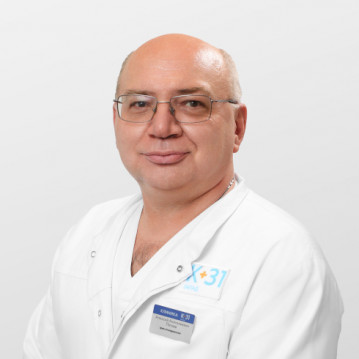
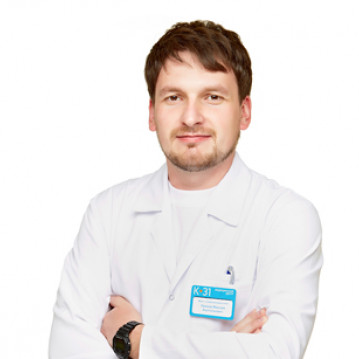
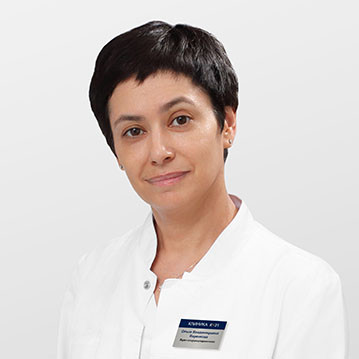
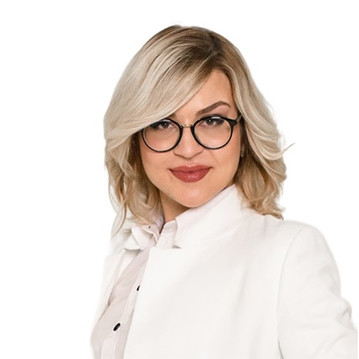
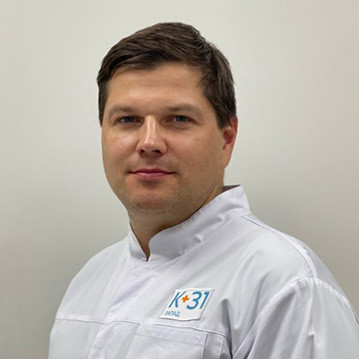
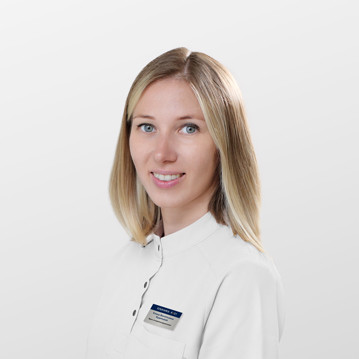
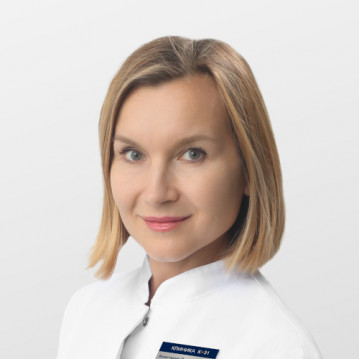


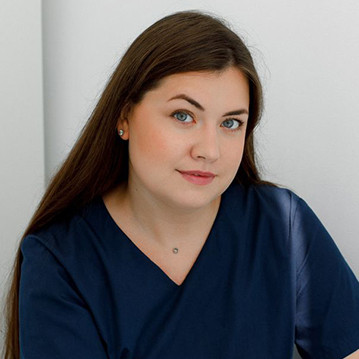
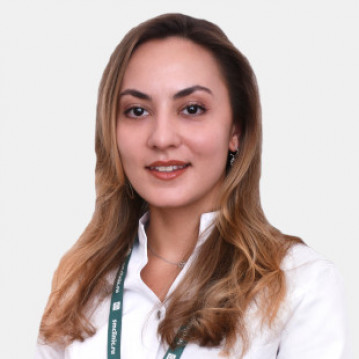





What is conchoplasty (conchotomy)?
The inferior turbinates (bone structures in the nose covered with mucous membrane) moisten and purify the inhaled air. As they increase, it becomes more difficult to breathe through the nose.
Conchoplasty (conchotomy) comes to the rescue in this case. This is a surgical procedure aimed at partial or complete correction of conchae. The purpose of conchotomy is to reduce the size of enlarged shells (bones) and restore normal breathing through the nose.
The procedure is performed under local anesthesia and takes about 30 minutes. During the operation, the doctor uses a laser or radio waves. Sometimes surgical removal of part of the tissue is used.